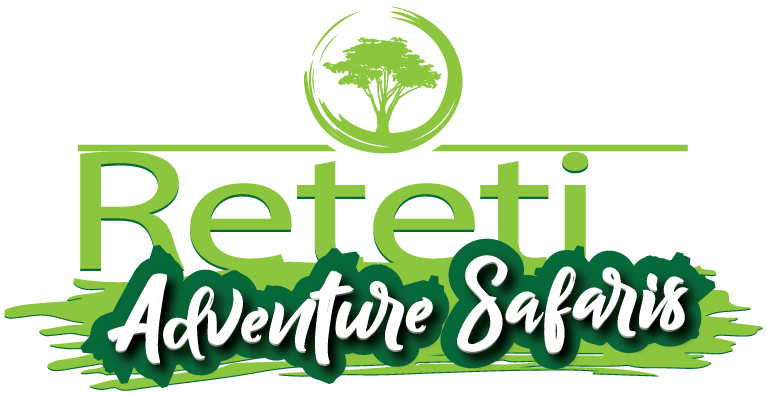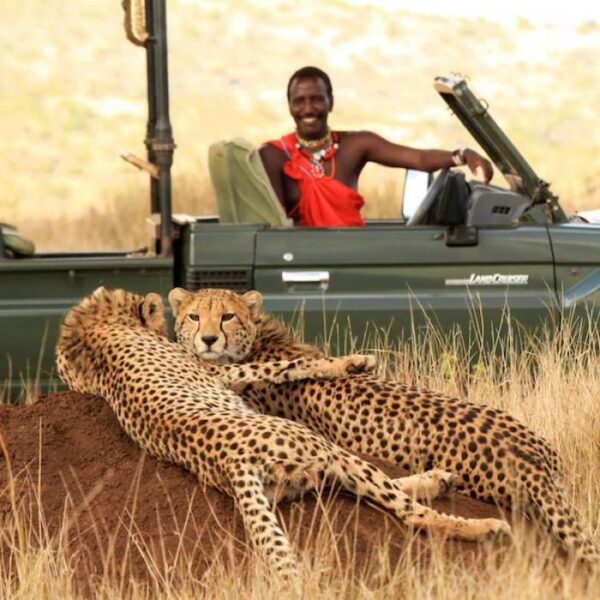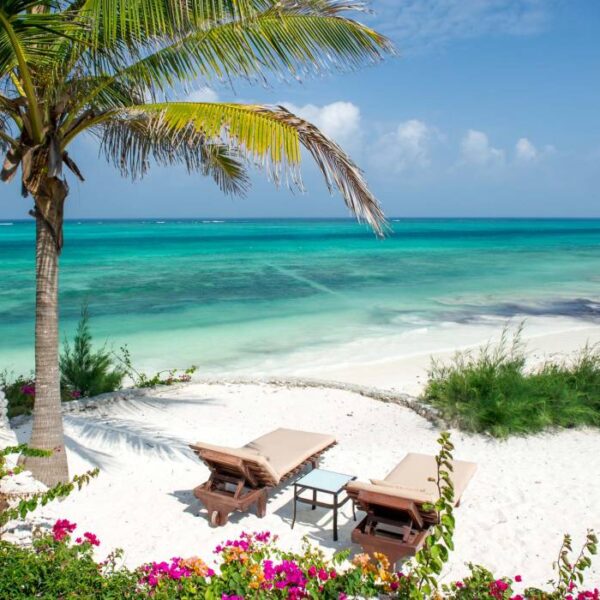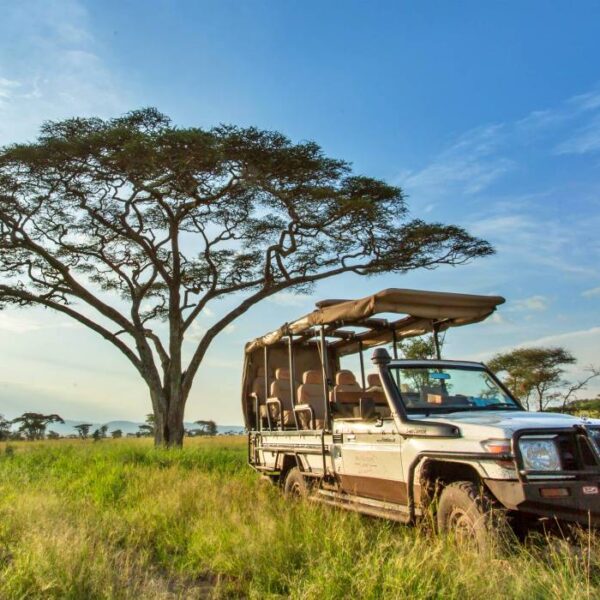When it comes to African safaris, two iconic destinations stand out—Tanzania’s Serengeti National Park and Kenya’s Maasai Mara National Reserve. Both offer unparalleled wildlife experiences, featuring the world-famous Great Migration and the opportunity to see Africa’s “Big Five.” However, if you’re torn between the Serengeti and the Maasai Mara, this guide will help you understand what makes each destination unique and which one might offer the best safari experience for you.
1. Size and Landscape
Serengeti National Park
The Serengeti is vast, covering about 14,750 square kilometers (5,700 square miles), making it one of the largest national parks in Africa. Its expansive plains stretch across northern Tanzania and are home to diverse ecosystems, including grasslands, savannahs, riverine forests, and kopjes (rocky outcrops). The park’s wide-open spaces are ideal for witnessing large herds of wildlife and predator-prey interactions in their natural habitat. The Serengeti’s landscape offers visitors a sense of space and remoteness, with more room to explore and fewer crowds, especially in areas like the Western Corridor or the northern region near the Grumeti River.
Maasai Mara National Reserve
In contrast, the Maasai Mara is much smaller, covering around 1,510 square kilometers (583 square miles). Despite its smaller size, the Mara is densely packed with wildlife. Its open plains and rolling hills create a picturesque safari backdrop, with the Mara River serving as a focal point during the Great Migration. The reserve’s smaller size means you’ll have easier access to concentrated wildlife sightings, but it can also lead to more crowding during peak safari seasons.
Key Difference: The Serengeti’s vastness offers a more isolated and tranquil experience, while the Maasai Mara is more compact and guarantees easy access to wildlife in a concentrated area.
2. The Great Migration
Serengeti National Park
The Serengeti plays host to the majority of the Great Migration, a breathtaking natural spectacle in which over 1.5 million wildebeest, zebras, and gazelles make their journey through Tanzania and into Kenya. The migration begins in the southern Serengeti during the calving season (January to March) and continues northward. One of the most dramatic phases is the crossing of the Grumeti River and Mara River, where predators, including crocodiles and big cats, lie in wait. While the river crossings are the highlight, witnessing the migration in the Serengeti means following the herds across a larger landscape, from the lush southern plains to the northern woodlands.
Maasai Mara National Reserve
The Maasai Mara is famous for the dramatic river crossings that occur when the migrating herds reach the Mara River. These crossings, typically from July to October, are some of the most thrilling and heart-pounding safari experiences as animals battle swift currents and waiting predators. Due to the smaller size of the Mara, it’s easier for visitors to get front-row seats to the action.
Key Difference: The Serengeti offers a longer period of migration sightings, with different stages spread out across various regions. The Maasai Mara focuses on the most dramatic river crossings, offering close-up action during the migration season.
3. Wildlife Diversity and Density
Serengeti National Park
While the Serengeti is synonymous with the Great Migration, it’s also home to an extraordinary variety of resident wildlife. The park hosts Africa’s Big Five (lion, leopard, elephant, buffalo, and rhino) and offers excellent predator sightings year-round, including large prides of lions and cheetahs hunting in the plains. The Serengeti also has significant populations of giraffes, zebras, hyenas, and hippos, making it a perfect destination for wildlife enthusiasts. The diversity of ecosystems in the Serengeti, from the kopjes to the riverine forests, provides unique wildlife viewing opportunities across the park.
Maasai Mara National Reserve
The Maasai Mara is renowned for its high density of wildlife, particularly big cats. It is often said that the Mara is the best place in Africa to see large lion prides, and it also offers excellent sightings of leopards and cheetahs. Elephants, zebras, and giraffes are abundant, and the Mara is one of the few places where visitors have a good chance of spotting the elusive black rhino. Because of the Mara’s smaller size, the wildlife is often more concentrated, making game drives thrilling and rewarding, with consistent sightings of multiple species within a short time.
Key Difference: Both parks boast incredible wildlife diversity, but the Maasai Mara offers more concentrated sightings, while the Serengeti’s larger area provides a greater range of landscapes and wildlife experiences.
4. Cultural Experiences
Serengeti National Park
While the Serengeti itself is more focused on wildlife experiences, visitors can explore the rich culture of the local Maasai people in the nearby Ngorongoro Conservation Area or on the park’s outskirts. You can visit traditional Maasai villages, learn about their customs, and participate in cultural exchanges that highlight their way of life. The Serengeti also offers opportunities to visit the Olduvai Gorge, a renowned archaeological site, and the cradle of humankind.
Maasai Mara National Reserve
Cultural experiences in the Maasai Mara are a highlight for many visitors. The Mara is named after the Maasai people, and many safari lodges and camps offer visits to Maasai villages (manyattas), where you can interact with the community, watch traditional dances, and gain insight into their pastoral lifestyle. These experiences offer a deep cultural connection to the region and can be easily combined with your safari adventures.
Key Difference: The Maasai Mara offers a more immersive cultural experience with the Maasai people integrated into your safari activities, while the Serengeti offers cultural visits outside the park, combined with archaeological and historical tours.
5. Accessibility and Accommodations
Serengeti National Park
The Serengeti is more remote and requires a bit more planning to access, with flights from Arusha or Kilimanjaro International Airport to various airstrips in the park. Road transfers are also available but can be lengthy, particularly if you’re heading deep into the park. However, once you’re there, the Serengeti offers a wide range of accommodations, from luxury lodges to mobile camps that move with the migration, ensuring you’re always close to the action.
Maasai Mara National Reserve
The Maasai Mara is more easily accessible, especially for visitors coming from Nairobi. It’s only a short flight or a five-hour drive from the capital. The Mara offers a wide range of accommodations, from budget-friendly campsites to ultra-luxurious lodges. Its accessibility makes it a popular destination for shorter safaris and weekend getaways.
Key Difference: The Serengeti is more remote, offering an off-the-beaten-path adventure, while the Maasai Mara is more accessible and caters to a wide range of safari styles, from budget to luxury.
Conclusion
Both the Serengeti and the Maasai Mara are premier safari destinations, and each offers its own unique advantages. If you’re looking for a more expansive, varied landscape and a longer migration viewing season, the Serengeti is your best bet. On the other hand, if you prefer concentrated wildlife sightings, especially during the Great Migration’s dramatic river crossings, and easy access to cultural experiences, the Maasai Mara might be more appealing.
Ultimately, there’s no wrong choice. Whether you find yourself in the sweeping plains of the Serengeti or the rolling hills of the Maasai Mara, you’ll be treated to unforgettable wildlife encounters and breathtaking scenery. Why not explore both on your next East African adventure?



